Meijiang River winds through the city and is the “most beautiful river” in Chongqing. It has national 4A-level tourist attractions such as Hong’an Border Town, Centennial West Street, and Fenghuangshan Lantern Folk Culture Tourism Area, as well as scenic spots such as Daxi National Wetland Park and Chuanhegai Leisure and Summer Resort. The urban built-up area covers 23 square kilometers and is a national garden county and a national health county.
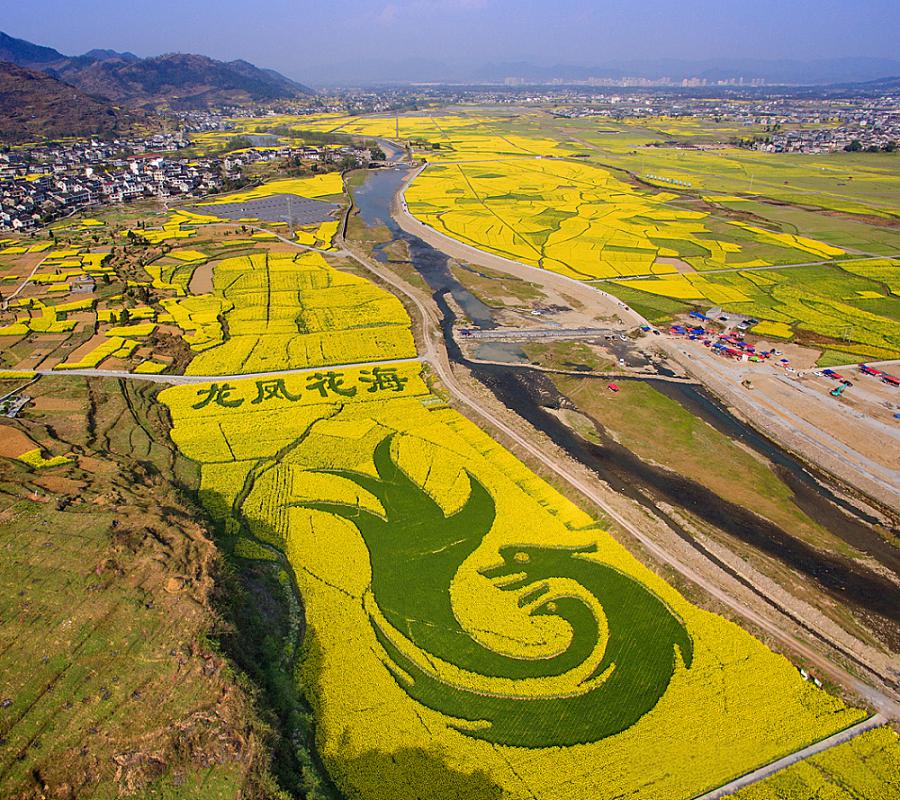
Hong’an Town in Xiushan is the prototype of Shen Congwen’s novel “Border Town” and the first stop of Liu and Deng’s army in liberating the southwest. Xiushan lanterns, Xiushan folk songs and other national intangible cultural heritages are well-known, and Xiushan calligraphy, couplets, Miao embroidery and other cultural arts are well-known. It is the hometown of Chinese calligraphy, the hometown of Chinese folk culture and art, the hometown of Chinese Go, the county of Chinese couplet culture, the national advanced cultural county, and the national advanced sports county.
1、Hong’an Ancient Town
Hong’an, a border town in Xiushan, is located in the southeast of the county. It is the junction of Chongqing, Guizhou and Hunan. It is known as the “Gateway to Southeast Chongqing”. It is a place that spans three provinces and is also the prototype of “Border Town” written by Shen Congwen.
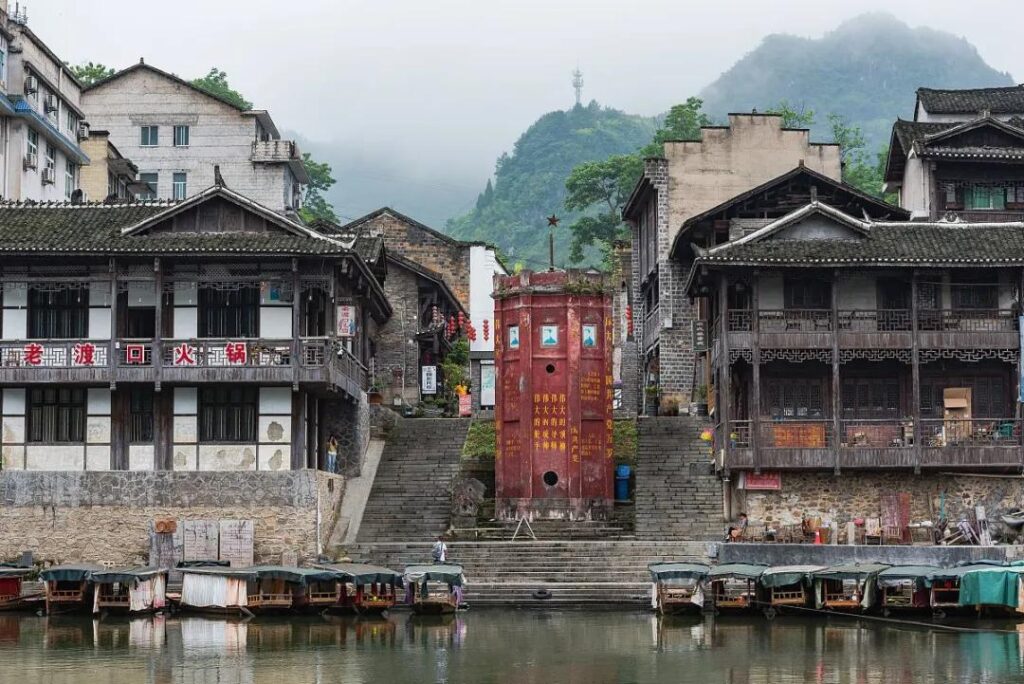
There are many ancient buildings in Hong’an Town, with unique craftsmanship and shapes, and Tujia and Miao village style. The natural attractions “Elephant Trunk Water Suction”, “Jiulongpo” and “Three No Man’s Land” are all famous. Hong’an Town is surrounded by mountains and rivers, with green trees and rippling rivers, and the scenery is picturesque. The interesting thing about Hong’an Old Street is the cable ferry, which is connected to the docks on both sides by a steel wire and also tied to the power source of the ferry. After the boat is full, the old boatman sits leisurely on the wooden square platform in the boat house, uses a two-foot round wood with fine grooves as a winch, and clamps it on the ferry wire to drag the boat to the other side little by little.
2、Chuanhegai Tourist Area
Chuanhegai Scenic Area is located in Yongdong Township, Xiushan County, Chongqing City, with an average altitude of 950 meters. “In spring, you can see azaleas everywhere, in summer, you can enjoy the cool and escape the heat, in autumn, you can see the autumn snow, and in winter, you can enjoy the northern customs.” Chuanhegai is mainly characterized by azaleas, strange peaks and rocks, and alpine grasslands. The geology of the growing area is peculiar and rich in resources. The underground river runs through the entire area. Sawtooth Rock, Golden Toad Seeking Phoenix, General Rock, Comb Mountain, Zhu’s Sacrifice for Love and other attractions are breathtaking. It has the reputation of “China’s Table Mountain”.
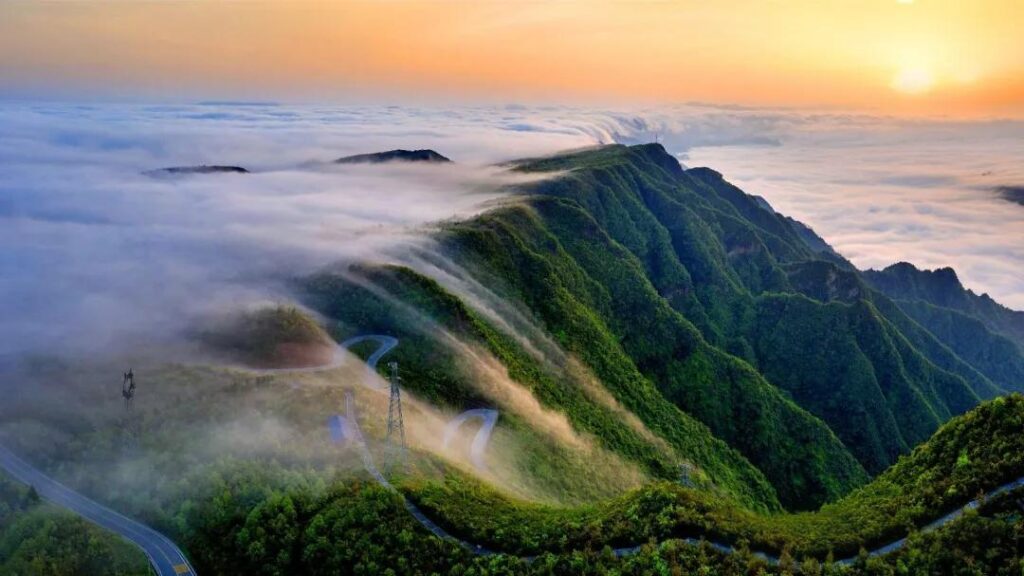
The scenic area’s Cloud-to-Sky Ladder Cableway is 1,533.23 meters long, with a vertical height difference of 557.45 meters. Riding the cableway is like being in a cable car passing through clouds and fog, as if wandering in a fairyland on earth, with magnificent scenery in full view.
3、Black Hole River Canyon
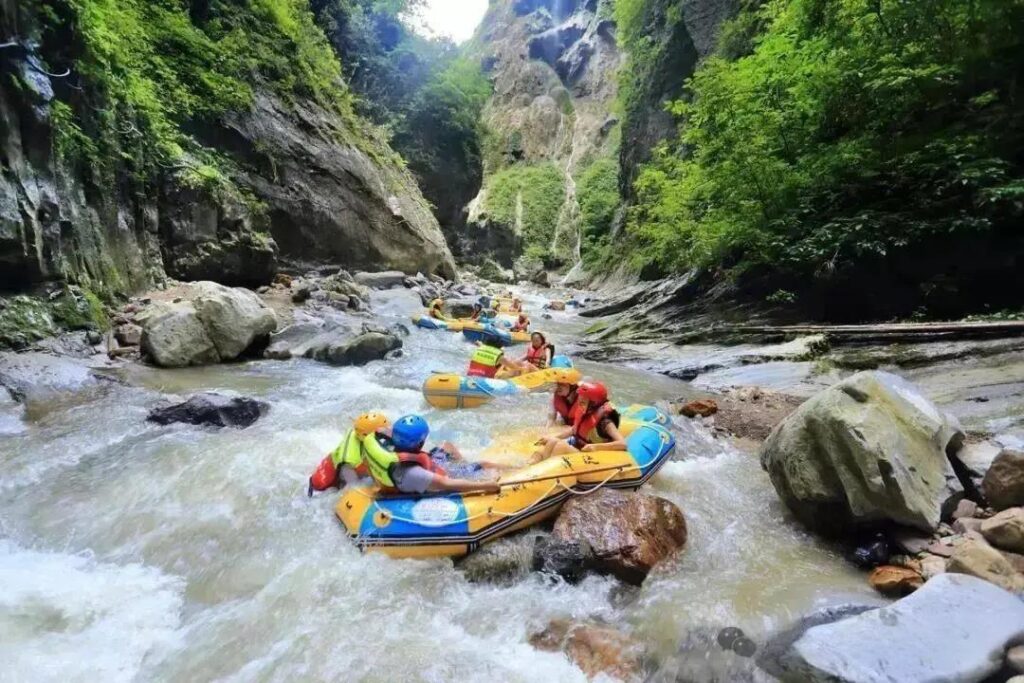
The Black Hole River Canyon is located at the western foot of the Chuanhe River. The Black Hole Canyon, which was formed in the Jurassic period, is the most spectacular. There are cliffs as sharp as a knife, the Horsetail Waterfall like a dreamlike wonderland, and the mysterious underground river. The Black Hole River Rafting is about 7 kilometers long, passing through the two natural caves of Black Hole and Chuandong and the underground river formed by the caves. Not only can you experience the thrilling water rafting, but you can also enjoy the beautiful scenery along the way.
4、West Street Old Street
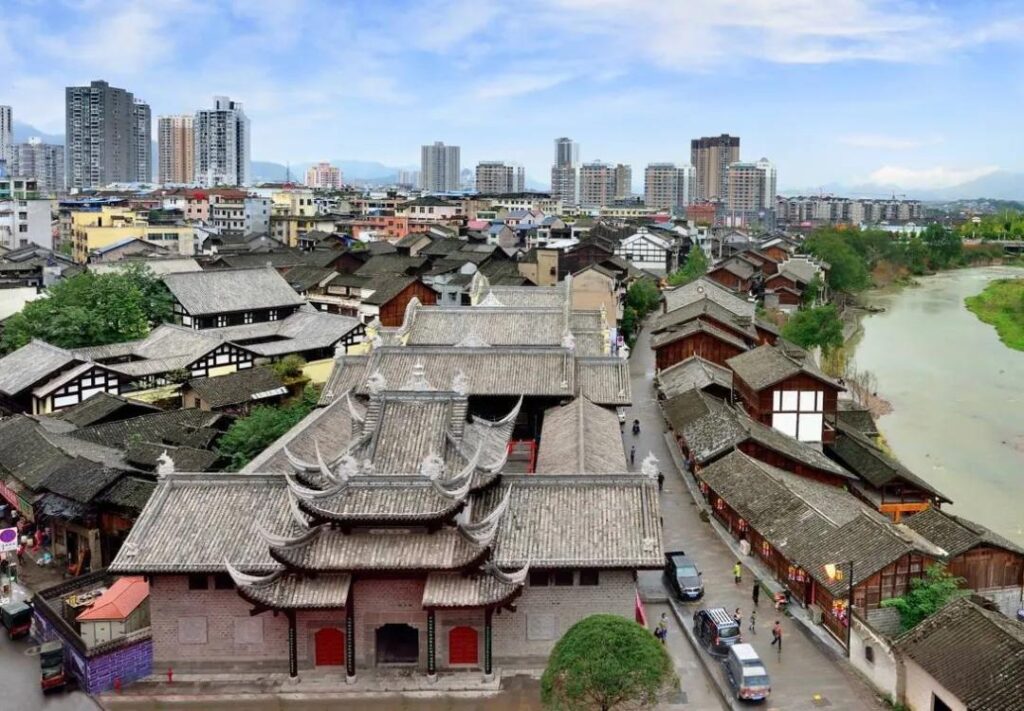
West Street Old Street, in the first year of Emperor Qianlong’s reign in the Qing Dynasty (1736), Xiushan County Sanhechang was established. The following year, the county magistrate Xia Jingfu selected Yanmaping to build a mud city, and opened the southeast, northwest, and northeast gates, which were named Senxiu, Bingxiu, Zhongxiu, and Hanxiu in order. In the second year of Jiaqing (1797), the county magistrate Chen Renji changed the mud city into a stone city, and still opened the four gates of “Yanxi” in the east, “Fengxiang” in the south, “Hanxiu” in the west, and “Gongchen” in the north. West Street has one vertical and four horizontal lines, covering an area of 43,300 square meters and a construction area of 44,600 square meters. Tianhou Temple, Bagua Well, old city wall, large house, ancient stage, characteristic shops, river transport wharf… West Street, where commerce is prosperous and merchants gather, has witnessed the changes of history and inherited the memory of Xiushan. It is the street with the most profound history in Xiushan.
5、Xiushan Fenghuangshan Lantern Folk Culture Tourism Area
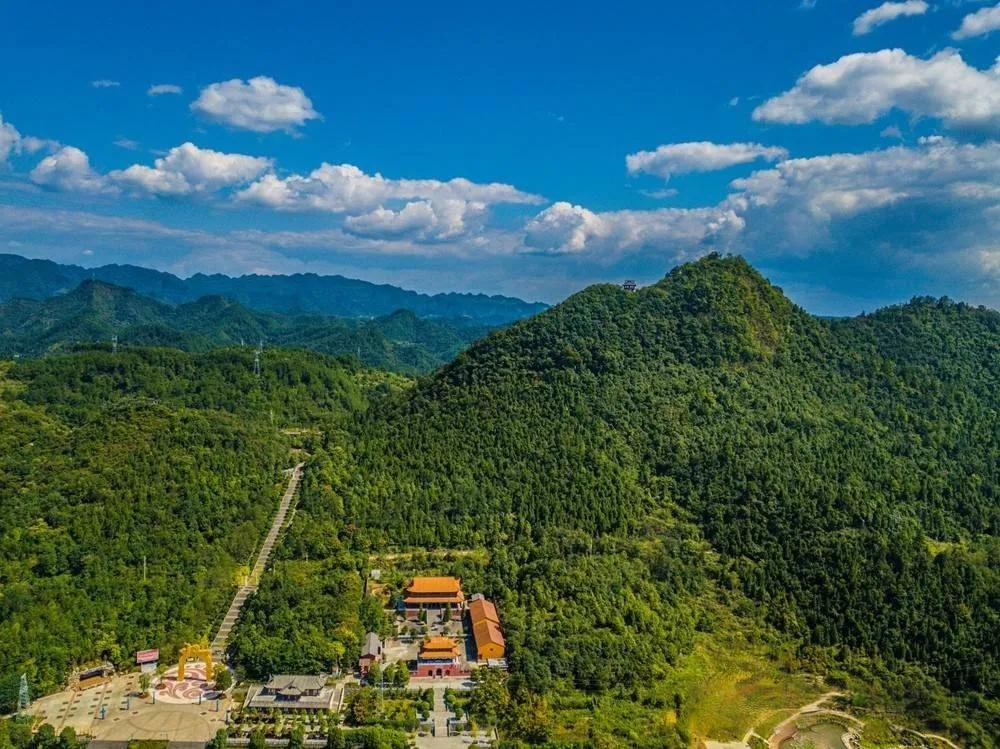
Xiushan Fenghuangshan Lantern Folk Culture Tourism Area is located 3 kilometers south of Xiushan County, Chongqing. The lush forests and bamboos on the mountain sparkle in the sun, like the wings of a phoenix, and the rising sun is like a jewel inlaid on the head of the phoenix, so it has the reputation of “Phoenix Spreading Wings”. The natural landscape of Fenghuang Mountain includes Peach Blossom Cave, Lotus Cave, Lingguan Hall of Yuandi Ancient Temple, Yang Jinzhen Alchemy Place, Guanyin Pavilion of the Ming Dynasty, Lansheng Pavilion of the Qing Dynasty and other historical sites and natural scenery. Xiushan Lantern is an important school of lantern art in southwest my country. It is a folk cultural phenomenon and folk performing art that integrates religion, folklore, singing and dancing, acrobatics, and paper-making art. It is a precious national folk music and cultural heritage of my country. Visitors here can not only enjoy the natural oxygen bar and explore the ancient sites, but also take a look at the lantern art and experience an unforgettable holiday.
6、Shidi Ancient Town
Shidi Ancient Town is located in a strategic place that is easy to defend but difficult to attack. The ancients called it the “Shudong Fortress”, a place that must be fought for by military strategists. Historically, this area is a mixed area of Tujia, Miao and Han peoples, and the exchanges between ethnic groups are very frequent. In the 29th year of the Yuan Dynasty (1292), Shidi had a “Jiuxi Shibadong Miao Uprising” where local ethnic minorities rose up in resistance because they could not bear the oppression of the ruling class. They established themselves as kings and named themselves Shizhizhou. Under the leadership of Wu Tianbao, the leader of the Miao people in western Hunan, they gathered 60,000 people but eventually failed. In the first year of Qianlong in the Qing Dynasty (1736), Xiushan was established as a county, and a patrol office was set up here, with a thousand-man commander and 30 soldiers in command.
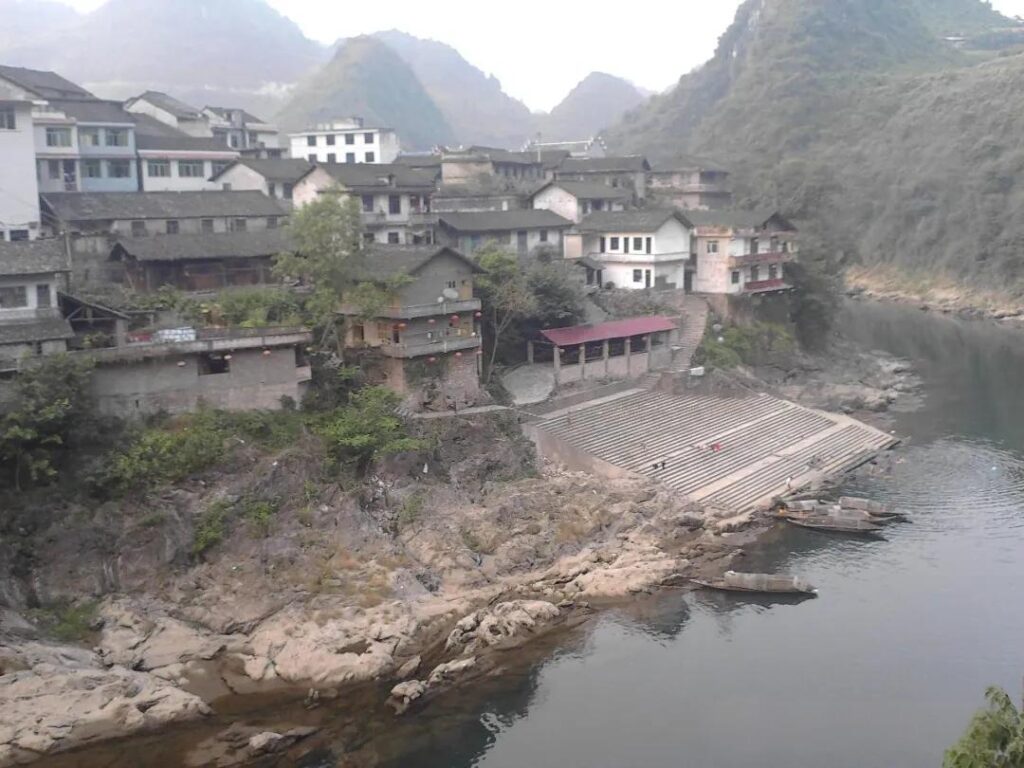
The ancient town of Shidi is located on the mountain and faces the river. The Meijiang River separates Shidi into two areas, the old and new. Most of the buildings in the old Shidi area take advantage of the mountain terrain. Whether it is the brick-column houses with green tiles and gray walls, or the stilt houses with raised eaves, they are arranged in an orderly manner.
7、Apeng River Grand Canyon

Youyang Apeng River Grand Canyon is located on the Apeng River, the largest tributary of Wujiang River, and is a national 3A-level tourist attraction. The Apeng River originates in Lichuan, Hubei Province and is the only river in my country that flows from east to west. The canyon flows through Cangling, Liangzheng, Yantan and Gongtan Townships (towns) in Youyang County, with a length of 75 kilometers. Here, there are steep mountains, beautiful waters, dangerous rapids, secluded gorges, ancient caves, dense forests, and strange springs. The deep canyons, rapids, rich vegetation, rare giant interstitial fountains, and graceful ethnic customs constitute the colorful scenery of the Apeng River. A tourist wrote a poem: The wind and clouds of the Yellow River rise in the sky, and the Wujiang River Gallery is flourishing.
8、Xiushan Museum
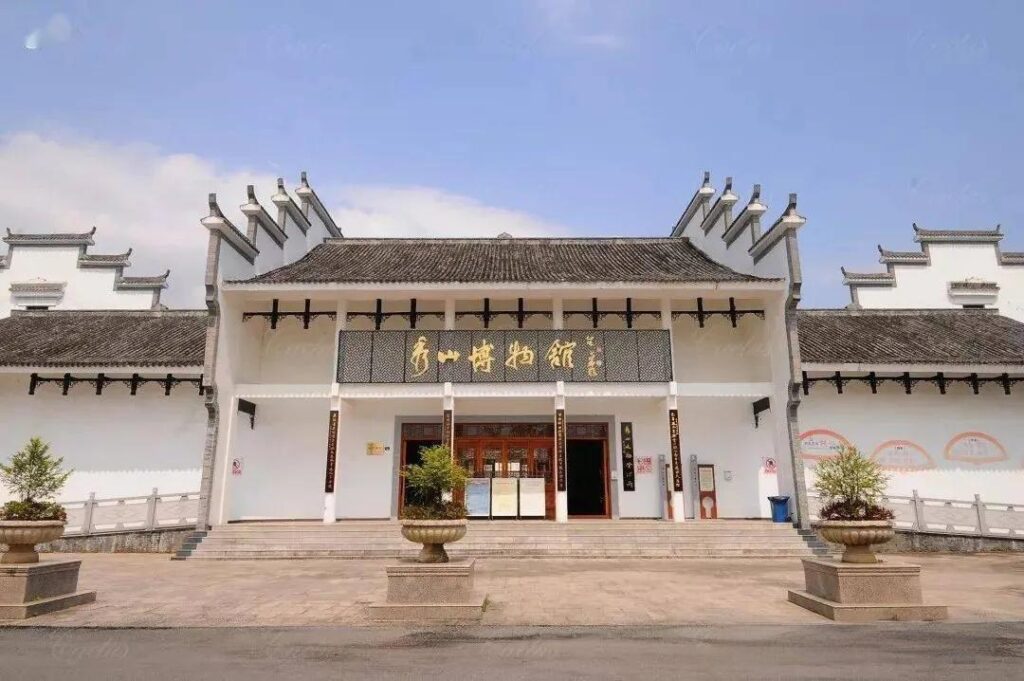
Xiushan Museum is located on the west bank of the scenic Meijiang River, covering an area of 15,073.50 square meters and a construction area of 7,884.35 square meters. The main building is laid out in the style of a Chinese courtyard, including the square in front of the museum, the main museum area, and the office area. There are several exhibition halls in the main museum area: the Collection of Cultural Relics Hall, the Xiushan Lantern Hall, the Stone Hall, the Art Hall, the Photography Hall, and the Calligraphy Hall. Xiushan Museum currently has 12 functional exhibition halls. There are 3,114 pieces of cultural relics in 19 categories, including stoneware, pottery, porcelain, bronzes, stone carvings, calligraphy and painting, etc. There are more than 100 pieces of calligraphy and paintings by famous artists from the Yuan, Ming, Qing and modern times, such as Chen Yu, Wang Duo, He Shaoji, Zeng Guofan, Wu Changshuo, and Huang Binhong, as well as precious bronze vessels such as tiger-shaped 錞玉 and Warring States chime bells. Among them, there is 1 national first-class cultural relic, 11 second-class cultural relics, and 47 third-class cultural relics.
9、Salvage Village
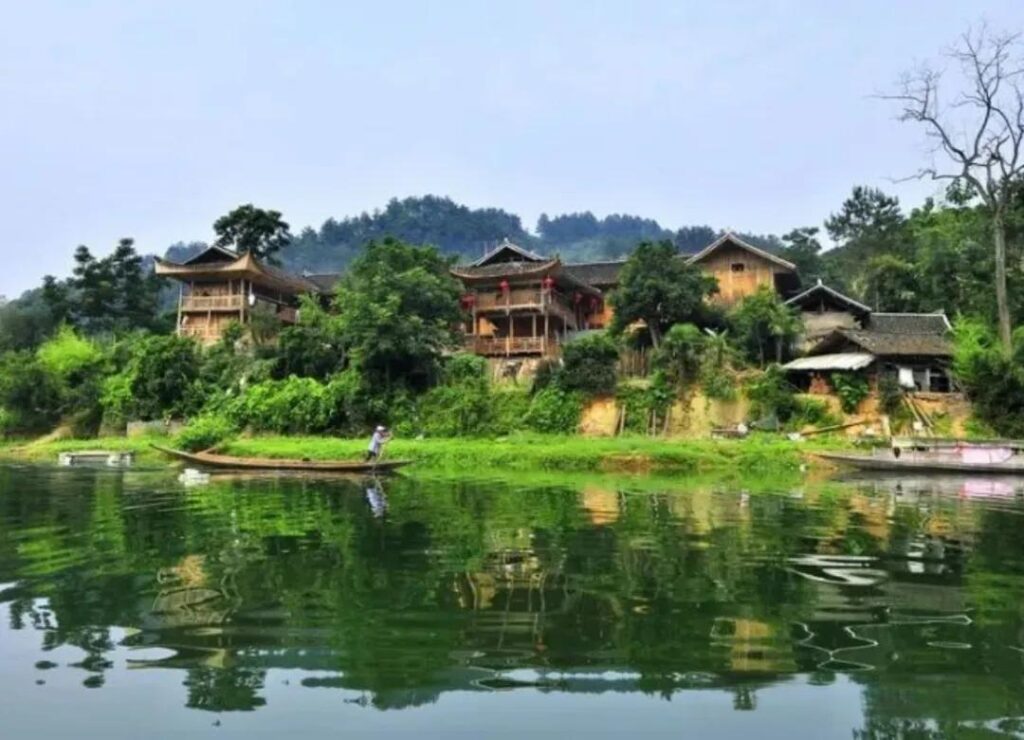
A secluded village hidden in the mountains and beside the green water is located in Chongqing Xiushan Daxi Youshui Wetland Park. This wetland park refers to a large area, not a scenic spot in the general sense. Dalaozhai was called Dayaojiadong in the Song Dynasty and Dayaozhai in the Ming and Qing Dynasties. In its heyday, Dalaozhai had more than 20 courtyards and more than 20 oil houses. It is the veritable birthplace of Xiuyou. Xiuyou is a national geographical indication product and is very famous locally.
10、Xiushan Longfeng Flower Sea Scenic Area
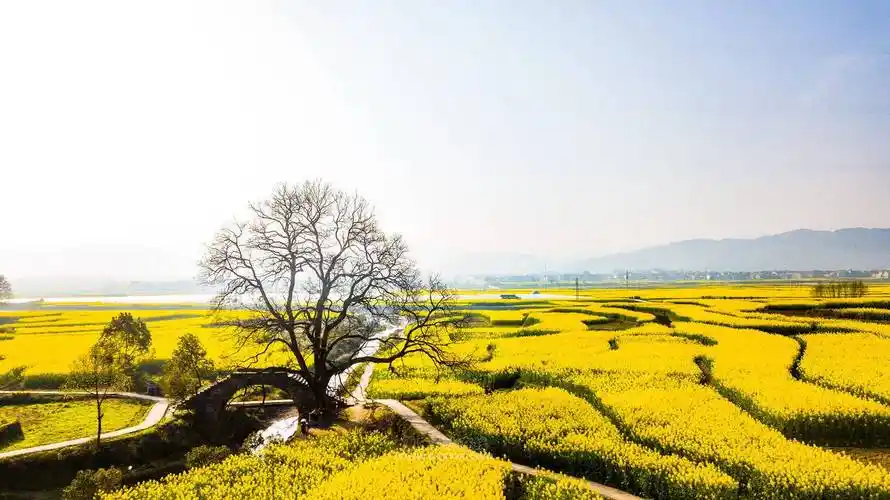
The Xiushan Longfeng Flower Sea Scenic Area is located in Sidouba, Qingxichang Street, Xiushan County. The entire flower sea scenic area involves Xixi, Nanqiu, Xiaya, Mangdong and other villages (communities), and the main scenic area has a planting scale of more than 20,000 mu. In 2013, Longfeng Flower Sea was successfully selected as one of the first 10 “China Beautiful Pastoral” rapeseed flower landscapes by the Ministry of Agriculture. In 2014, it was again selected as one of the top ten rapeseed flower landscapes in China’s beautiful pastoral areas. As the largest rapeseed flower base in Wuling Mountain Area, Qingxi Longfeng Flower Sea is a resounding business card for Xiushan tourism. From March to April every year, when rapeseed flowers are in full bloom, nearly 30,000 mu of rapeseed flowers are endless and endless. Walking among them, it is like being in a golden ocean, a fairyland on earth, which makes you feel relaxed and happy.
